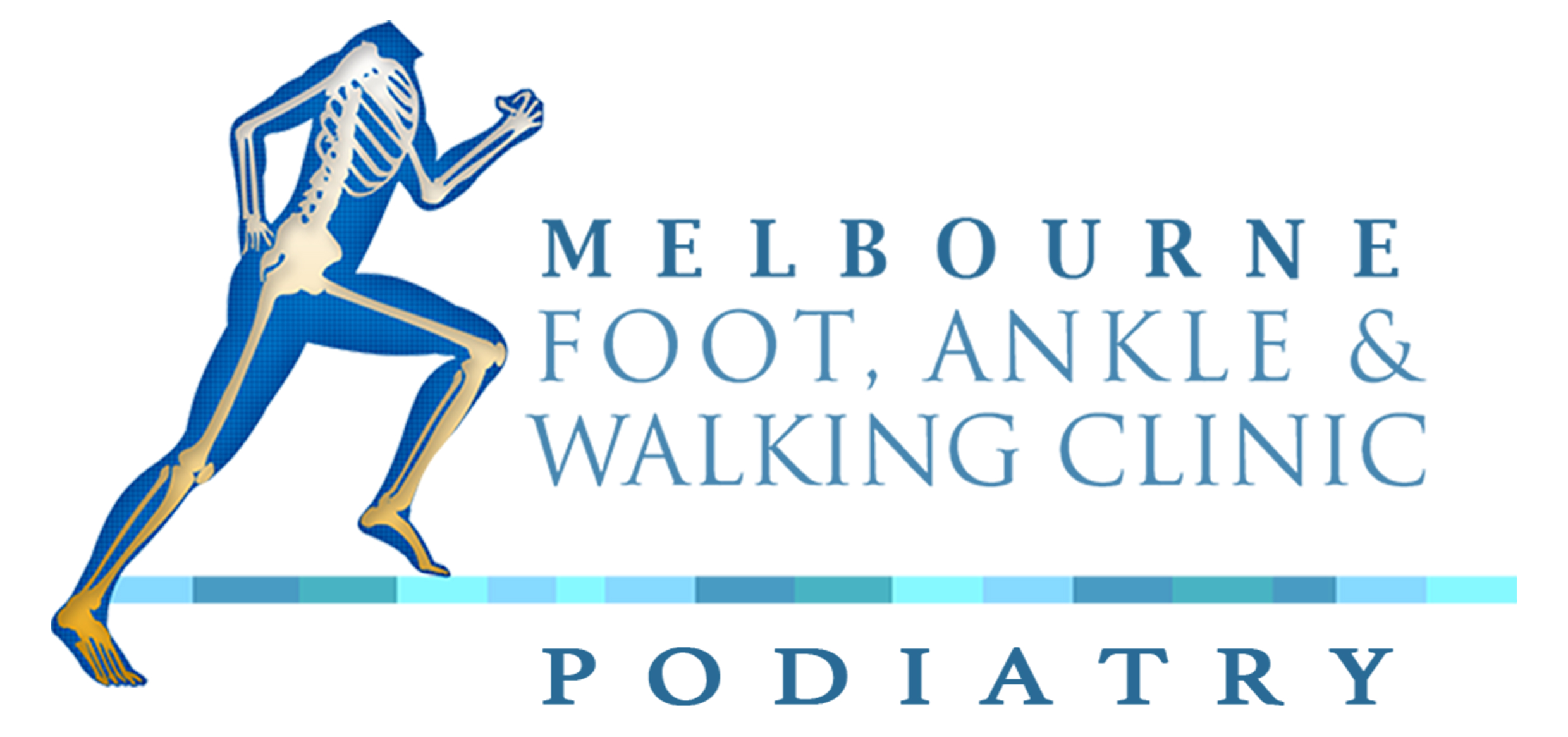Osgood-Schlatter disease (Apophysitis of the tibial tubercle) is similar to Severs disease, but it occurs just below the knees. It causes a painful bump just below the knee cap which is the inflammation of the patellar ligament at the tibial tuberosity. It is one of the most common causes of knee pain in adolescents and late childhood. It is more common in boys than girls and it can affect one or both knees.
What causes Osgood Schlatter disease?
This condition is mainly in children aged between 10 and 16 years old who are highly active or play a lot of sport, particularly sports that involve running or jumping. Osgood Schlatter disease is caused by excessive strain on the growth plate of the tibia from the patella tendon, which attaches to knee cap to the tibia.
There are a number of things that can increase the strain on the growth plate, the most common being flat feet, unsupportive footwear, high activity and tight leg muscles.
How do I know if my child has Osgood Schlatter disease? What are the symptoms?
Diagnosis is typically based on the symptoms, which are knee pain when running, jumping, kneeling, and going up or down stairs, lifting heavy things and squatting. The painful bump below the knees is also a symptom of Osgood Schlatter disease. When the knee is straightened or not moving the pain will disappear. You may notice some red skin in the knee area, or find that your quadriceps muscles are a bit bulky.
An x ray is not needed for diagnosis.
What is the treatment for Osgood Schlatter disease?
The best treatment is to rest, but continuing to play sport or be active is not harmful but may make the pain worse. Orthotics to improve the overall limb posture which will reduce the irritation at the painful site. Other treatments include icing, strapping and stretches and exercise.
The pain associated with Osgood Schlatter disease goes away when a child stops growing. The lump may remain prominent which can lead to pain when kneeling.
If I can diagnose it myself, why do I need to see a podiatrist?
A children’s podiatrist can assess your child to see if it is Osgood Schlatter disease or something else underlying. There are many other causes of knee pain and it is best to make sure it is not something else. Common knee problems include sprained or strained ligaments, cartilage tears, tendonitis and arthritis.
Podiatrists can make some suggestive changes to their physical activities and build stronger muscles and ligaments with stretching and exercises. A biomechanical assessment will look for any other abnormalities in foot positioning.
